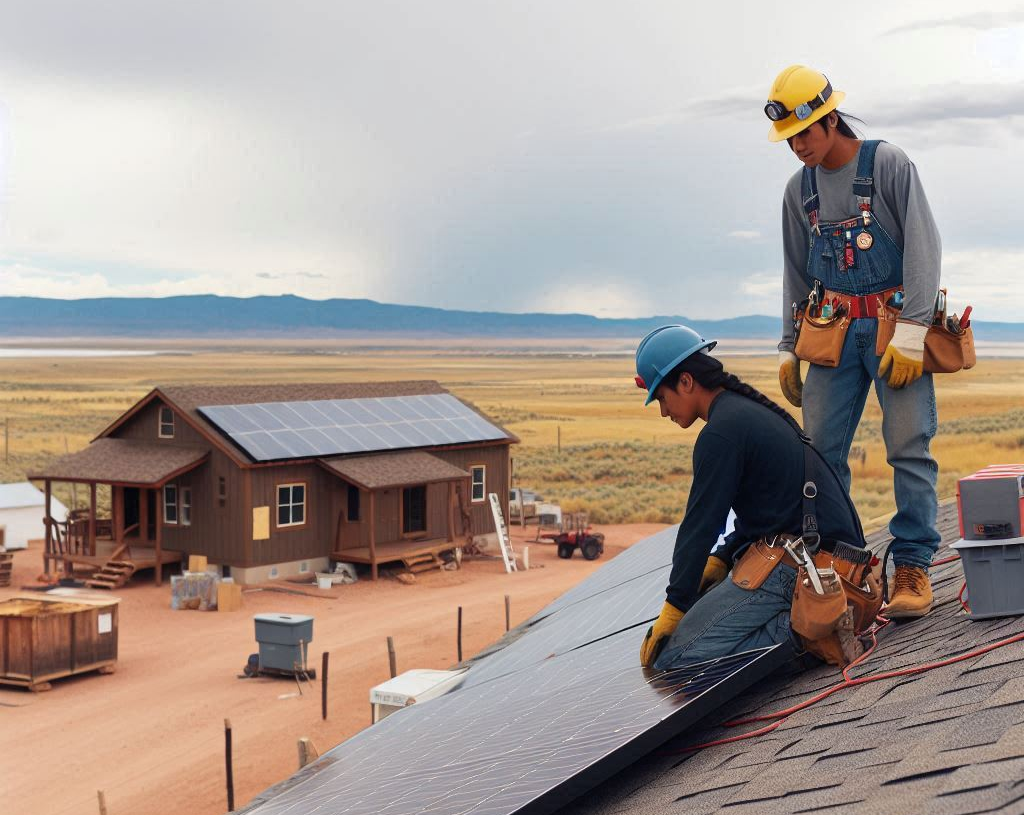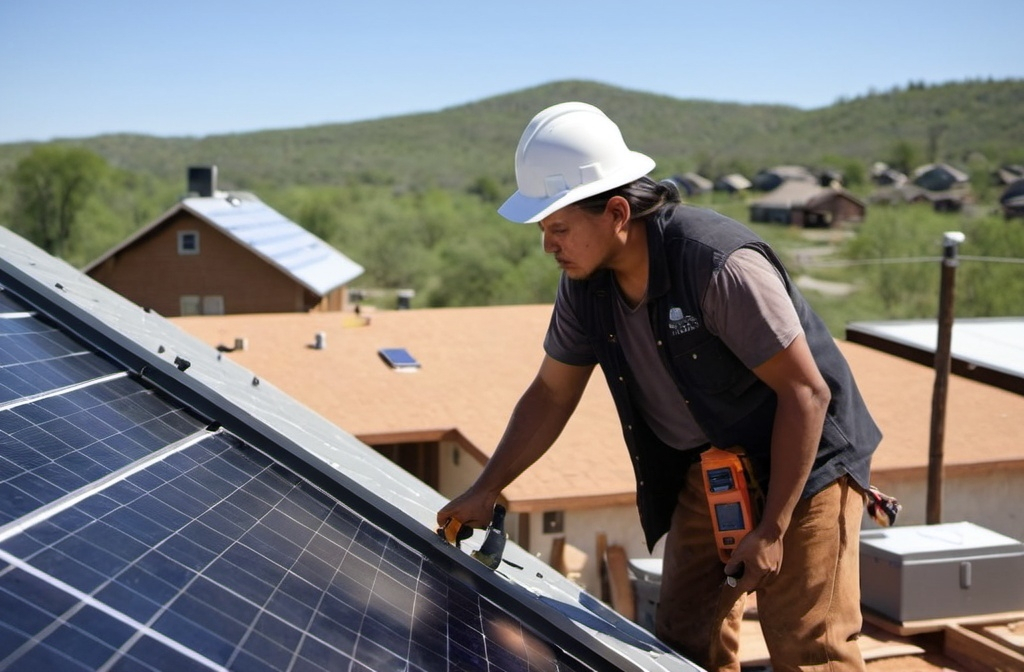How It Works

Recently passed US federal legislation, known as the Inflation Reduction Act (IRA), makes new solar tax credits available to Tax Exempt entities including Native American Tribes in the form of Direct Payments.
Under the new IRA incentives, Tribes can receive reimbursements of up to 60%-70% of the Fair Market Value (FMV) of an installed and operating system – paid in the form of Direct Payments from the IRS, thereby significantly reducing the amount a tribe would ultimately pay for residential solar initiatives.
Deploying our unique Direct Payment Tax Equity Strategy, similar to those commonly used in non-exempt Tax Partnership Structures, Tribes can quickly recapture a significant portion of investments used for residential solar installation AND own a long-term revenue-generating asset that provides improved energy reliability and independence, all at substantially reduced energy costs to its members.
Leveraging these lower costs, Tribes can develop solar energy systems, installing solar on the homes of tribal residents on Indian lands at no cost to the resident, then recoup what costs were incurred by having the energy consumer pay the tribal owner directly for the electricity used, instead of paying external utility companies.
It is important to note that once installation is complete and activated, the installed solar equipment will be owned by the tribal entity – NOT by an external utility or the homeowner. As such, the tribal owner of the energy systems can determine how profits from the electrical payments are utilized in the community.
The Process
1. Tribal Involvement
Tribal leaders work with Sovereign Energy and its consulting partner ALT PV to ensure appropriate tribal members have the opportunity to have solar installed at no cost to the tribal member.
2. Site Consultation and Solar Design
Sovereign Energy consultants meet with the tribal member at their home to confirm their desire for solar and assess the degree to which their home qualifies structurally and in other ways for the installation of solar panels. From there, Sovereign Energy custom-designs a solar energy system for the tribal member’s home.
3. Finalization & PPA
The tribal resident provides permission to proceed with the installation and contractually commits to pay for electrical utility costs derived from the solar system to the solar asset owner – aka the sponsoring tribal owner of the energy system (instead of paying their previous local utility company). This agreement is known as a “Power Purchase Agreement” (or PPA) and is very common in the Energy industry. The cost for solar-generated electricity consumed by the tribal resident will typically be significantly lower than for electricity costs previously paid to their prior utility company.


4. Solar Energy System Installation
Sovereign Energy oversees the installation of the solar energy panels and system at the home of the tribal resident. Once designed, approved and scheduled, actual installation construction can usually be completed within 1 day.
5. Electrical Generation and Usage
Once installed, energy generated by the newly installed Solar Energy System and used by the tribal resident will be measured and billed by the Tribal owner or its contracted servicer, instead of the local utility company. Electrical costs paid by the tribal resident will be used by the Tribal owners of the energy asset, with profits often being returned in some form to the benefit of the Tribal community.
6. Ongoing Maintenance
Ongoing monitoring, service, repairs and maintenance will be handled on behalf of the tribe by Sovereign Energy or by another dedicated service company contracted by Sovereign Energy. In many cases the individuals providing this work will be trained local tribal members.
